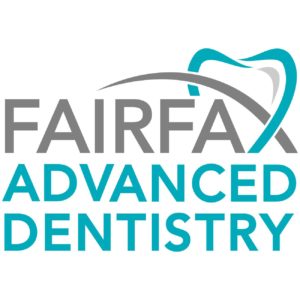Dental Fillings in Fairfax
Traditional fillings are usually made from an amalgam (combination) of silver and mercury. That material has been used for decades to fill cavities. It’s strength and durability allow it to withstand the extreme forces from chewing and teeth clenching which are part of our normal lives.
Some newer materials used in dental fillings include plastic compounds and ceramic that better mimic the appearance of natural teeth. These compounds, often referred to as composite resins, are used to fill cavities on the front teeth where appearance is of greater importance, but they can also be used on the back teeth, depending on the location, extent of decay, and patient’s wishes.
Which Dental Restoration Material is Right for Me?
In choosing the best type of filling, you and your dentist will look at several factors, such as durability, expense, and how long the material is likely to last.
The major factors to consider are:
- The filling material and what it is made from
- Where and how the filling will be placed
- The size of cavity and how much of the tooth remains
- The stress and chewing load the tooth will have to bear
- The number of visits required to prepare and place the filling
- The cost of the restoration procedure
Your dentist will explain your options to you and help you choose the best type of filling for your particular situation.
In preparation for this discussion, it may be helpful for you to understand two more concepts related to dental fillings; direct fillings and indirect fillings.
Direct Fillings: This type of filling is placed into to a prepared cavity. These include silver amalgam, glass ionomers, resin ionomers, and composite resin. (Note: an ionomer is a new type of dental sealant that protects teeth from cavities.) With direct fillings the dentist prepares the tooth and places the filling in one appointment.
Indirect Fillings: This type of filling includes inlays, onlays, and veneers fabricated with gold, other metal alloys, composites, and ceramics. An indirect filling is normally chosen in situations where the tooth has too much damage to support a filling, but not enough to require a crown. Two or more visits are usually needed to complete an indirect filling procedure.
During the first visit, the dentist prepares the tooth and takes an impression of the area to be restored. The dentist then places a temporary covering over the tooth.
The impression will be sent to a dental lab for the creation of the dental restoration. At the next appointment, usually about ten days later, the dentist cements the restoration in place and adjusts it as needed.
Contact our Fairfax dental office and make an appointment. We are here to help: (703) 650-9299
Our Doctors
The most qualified professionals to take care of your smile
Dr. Alex Osinovsky
Dr. Kim Khoshroo
Years of Experience
Happy Patients
Implants Placed Last Year
Positive Reviews




